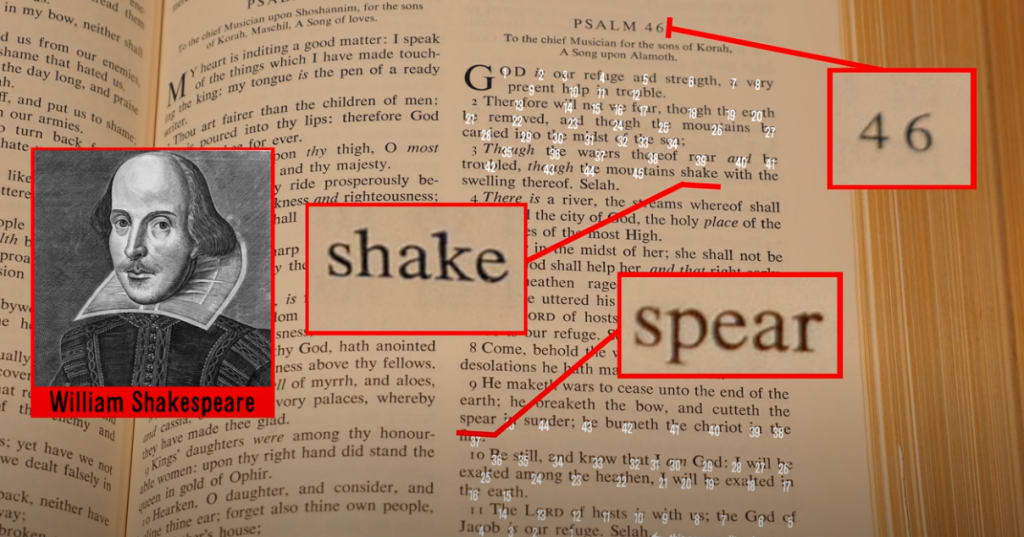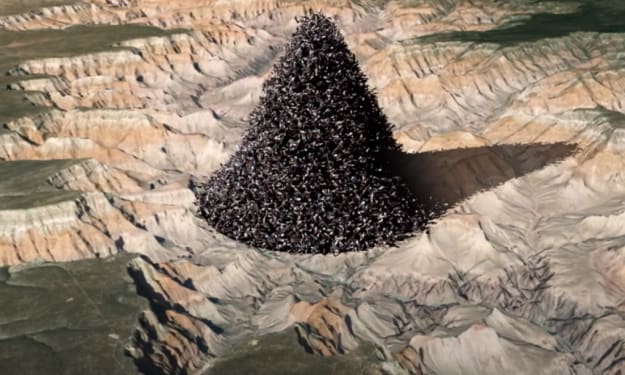Mathematics in Magic
Some you will already know

Mathematics in Magic
Magic is a form of entertainment that relies on deception and misdirection to create the illusion of the impossible. But while magic may seem like a purely visual art form, there is actually a lot of mathematics involved in making it work.
One of the most basic mathematical concepts used in magic is the idea of probability. When a magician asks you to think of a card, there is a 1 in 52 chance that you will choose the ace of spades. But if the magician asks you to think of a card three times in a row, the chances of you choosing the ace of spades each time are much lower. This is because the probability of two independent events happening together is the product of the probabilities of the individual events. In this case, the probability of choosing the ace of spades three times in a row is (1/52)^3, which is about 1 in 140,000.
Another mathematical concept that is often used in magic is the idea of symmetry. A symmetrical object is one that looks the same from every angle. This can be used to create illusions of impossible objects or to hide secret compartments in magic tricks. For example, a magician might use a symmetrical deck of cards to make it appear as if the cards are changing order on their own.
Finally, mathematics is often used to create patterns and sequences in magic tricks. These patterns can be used to control the outcome of a trick or to create the illusion of randomness. For example, a magician might use a mathematical formula to determine which card to reveal at the end of a trick.
The use of mathematics in magic is not limited to these basic concepts. Magicians often use more advanced mathematical techniques, such as statistics and probability theory, to create their illusions. This makes magic a truly mathematical art form that requires a deep understanding of the underlying principles.
In addition to the mathematical concepts mentioned above, there are many other ways that mathematics can be used in magic. For example, magicians can use mathematics to create illusions of speed and accuracy, to make predictions, and to solve puzzles.
The use of mathematics in magic is not just a way to create illusions. It is also a way to challenge the viewer's understanding of the world. When a magician performs a trick that seems impossible, it forces the viewer to question their own assumptions about reality. This can be a powerful tool for learning and understanding.
Here are some additional examples of how mathematics is used in magic:
The Monte Carlo card trick: This trick involves shuffling a deck of cards and then asking the audience to choose any card. The magician then deals out the cards one by one, face down, and asks the audience to stop him at any time. The magician then reveals that the card that the audience stopped at is the card that they originally chose. This trick is based on the Monte Carlo method, which is a statistical technique for estimating the probability of an event.
The Vanishing Ball Trick: This trick involves a magician showing the audience a ball and then making it disappear. The magician then reveals that the ball has actually been hidden in his hand all along. This trick is based on the principle of sleight of hand, which is a technique for concealing objects from the audience's view.
The Rubik's Cube: This puzzle is a classic example of how mathematics can be used to create a challenge. The Rubik's Cube has six sides, each of which is made up of nine squares. The goal of the puzzle is to scramble the squares and then solve the puzzle by returning them to their original arrangement. This puzzle can be solved using a variety of mathematical techniques, including algorithms and graph theory.
Mathematics is a powerful tool that can be used to create amazing illusions. By understanding the principles of mathematics, magicians can create tricks that are both entertaining and thought-provoking.





Comments
There are no comments for this story
Be the first to respond and start the conversation.